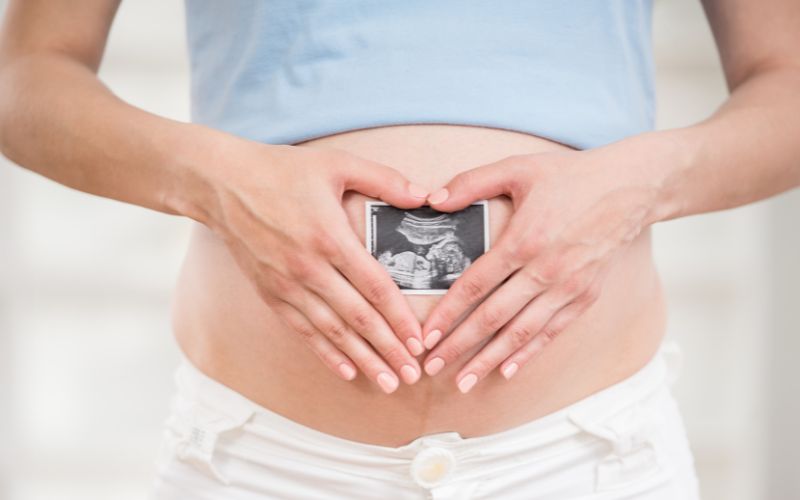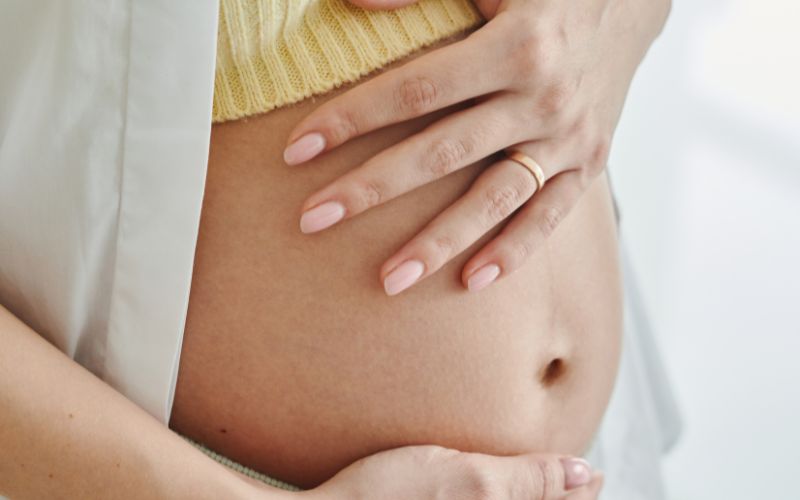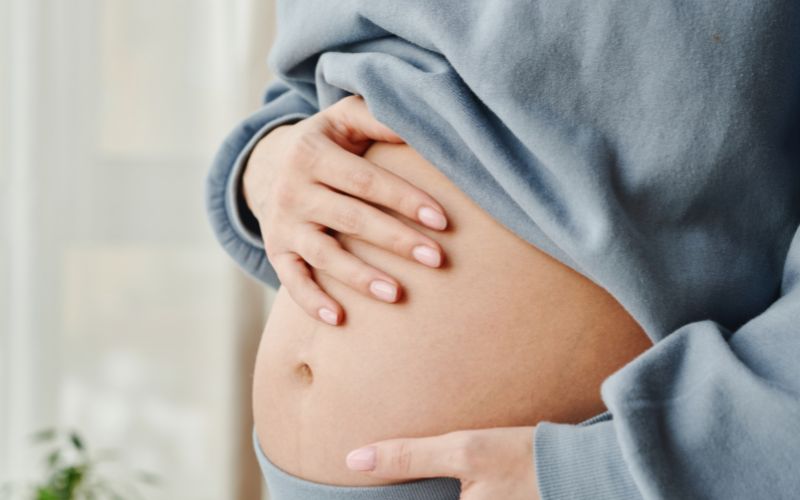The second trimester is a crucial period during pregnancy, spanning from weeks 13 to 27, and it’s important for expecting mothers to be aware of the changes their bodies and emotions will undergo during this time. Let’s delve into the details of this pivotal phase.
1 What is the Second Trimester?
The second trimester marks the middle stage of pregnancy, typically lasting from week 13 to week 27. During this period, mothers-to-be often experience a respite from the nausea and fatigue of the first trimester, making it a more comfortable phase. It’s a time when expectant mothers can focus on resting and nurturing their growing baby.
 Second Trimester
Second Trimester
2 Changes in the Mother’s Body During the Second Trimester
A myriad of physical changes occur in an expecting mother’s body during this trimester.
-
As the baby grows, a mother’s breasts and belly will expand, and her uterus will enlarge to accommodate the developing child.
-
Afternoons and evenings may be marked by Braxton Hicks contractions, which are practice contractions that prepare the body for labor.
-
Skin changes are common, including the appearance of a dark line down the center of the abdomen, as well as changes in pigmentation on the breasts, buttocks, and abdomen.
-
Nosebleeds, a stuffy nose, and nasal congestion may occur due to increased blood flow to the mucous membranes.
-
Dental issues such as gum bleeding and tooth decay can arise, so maintaining oral hygiene is crucial.
-
Leg cramps and dizziness are also possible side effects of the changing body.
-
Urinary tract infections can lead to cloudy or foul-smelling urine and a loss of bladder control, so prompt treatment is essential.
Emotionally, expectant mothers may experience a range of feelings during this trimester.
It is common for mothers-to-be to feel anxious about the upcoming birth. However, it is important to prioritize rest and adopt a healthy lifestyle to ensure a safe and healthy delivery.
 Changes in the Mother’s Body During the Second Trimester
Changes in the Mother’s Body During the Second Trimester
3 Potential Complications During the Second Trimester
-
Gestational diabetes: This is a condition where the body cannot produce enough insulin to regulate blood sugar levels, leading to potential complications such as preterm labor, preeclampsia, high blood pressure, miscarriage, and stillbirth.
-
Stillbirth: This tragic event can occur during the second trimester and is indicated by abdominal pain, bleeding, absence of fetal heartbeat, or leaking amniotic fluid.
 Potential Complications During the Second Trimester
Potential Complications During the Second Trimester
4 What Should Expectant Mothers Do During the Second Trimester?
-
Engage in light exercises like yoga or swimming to alleviate muscle aches and reduce stress.
-
Attend regular health check-ups to monitor blood pressure, belly measurements, weight gain, and urine tests, among other vital indicators.
-
Invest in comfortable and appropriate clothing for the second trimester to accommodate your changing body.
-
to stimulate your baby’s cognitive development.
-
Ensure you’re getting adequate nutrition and staying hydrated throughout your pregnancy.
-
Pay attention to any physical or emotional changes and seek medical advice if necessary.
-
to ensure a healthy pregnancy and peace of mind.
 Guidelines for Expectant Mothers During the Second Trimester
Guidelines for Expectant Mothers During the Second Trimester
In summary, the second trimester is a period of significant physical and emotional changes for expecting mothers. By understanding these changes and taking proactive measures, mothers-to-be can ensure a healthier and more comfortable pregnancy journey.
Source: Long Chau Pharmacy






























